What is the tolerance range of precision screws?
What is the tolerance range of precision screws?
Service Hotline
+86760-8787 8587We have more than ten years of experience in screw industry production, the main products are: electrical hexagonal non-standard nuts, 2mm pitch nuts, DIN2093, GB70 metric half-tooth screws, 8.8 grade carbon steel nuts, hexagonal flange lock nuts, GB30 flat head outer hexagon Screws and bolts, internal thread nut screws, DIN603 bolts, aluminum alloy tightening handle screw nut, knurled round nut, red handle screw, washer spring washer, white zinc-plated fastener gasket, torx handle bolt, etc. Firmware, due to different product materials and specifications, the price is also different, please contact us if necessary.


Rivets are a commonly used fixing structure, but because rivets need to be deformed by pressure during use, it is easy to cause structural changes inside the metal, which will shorten the service life.
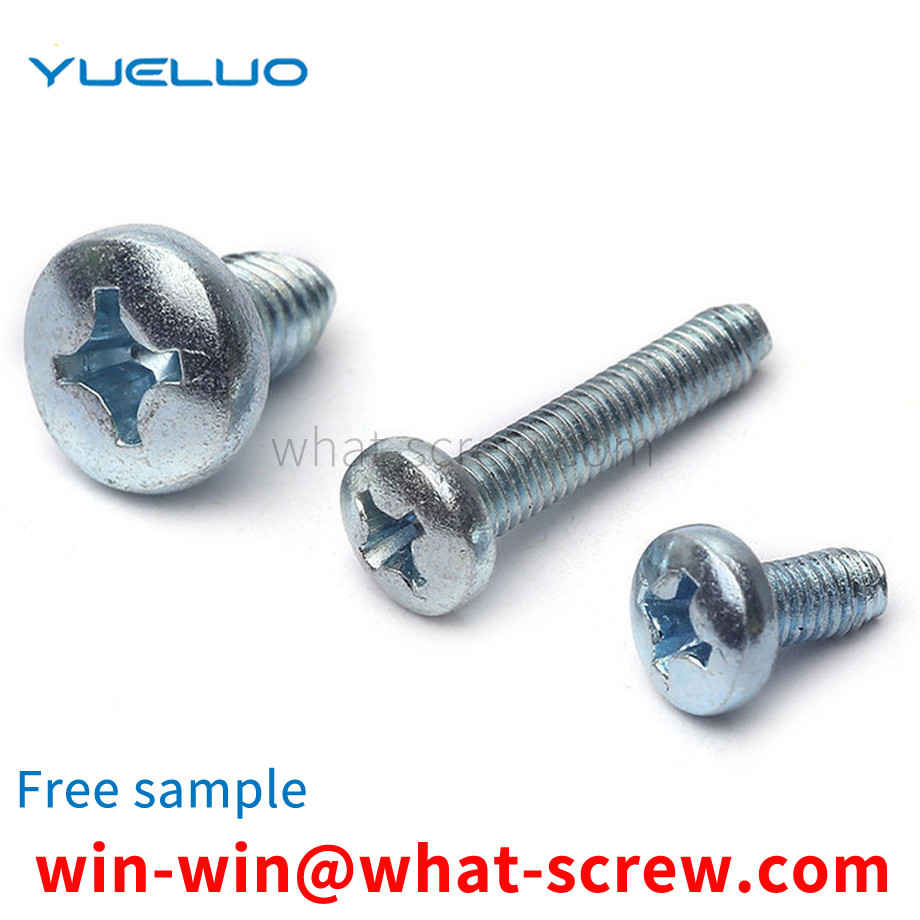
The flat key transmits torque on the side, has good neutrality, is easy to assemble and disassemble, and cannot realize the axial fixation of the parts on the shaft. Ordinary flat key: Type A, Type B, Type C, Type A is used for shaft grooves machined by end mills. The key is well fixed axially in the groove, but the stress concentration caused by the groove on the shaft is large; Type B is used for disc milling cutters. The machined shaft groove, the stress concentration of the shaft is small; the C type is used for the shaft end; it is suitable for high-speed, high-precision or occasions under variable load and impact, such as fixing gears, sprockets and other rotating parts on the shaft. Guided flat key: The key is fixed on the shaft with a screw, the key and the hub groove are in dynamic fit, and the parts on the shaft can move axially. For the convenience of starting the key, there is a key-starting screw hole. Use the occasions where the axial movement of the parts on the shaft is not large, such as the slip gear in the gearbox. Feather key: The key is fixed on the axle, and the parts on the shaft can move axially with the key; it is used in the occasions where the axial movement of the parts on the shaft is large;
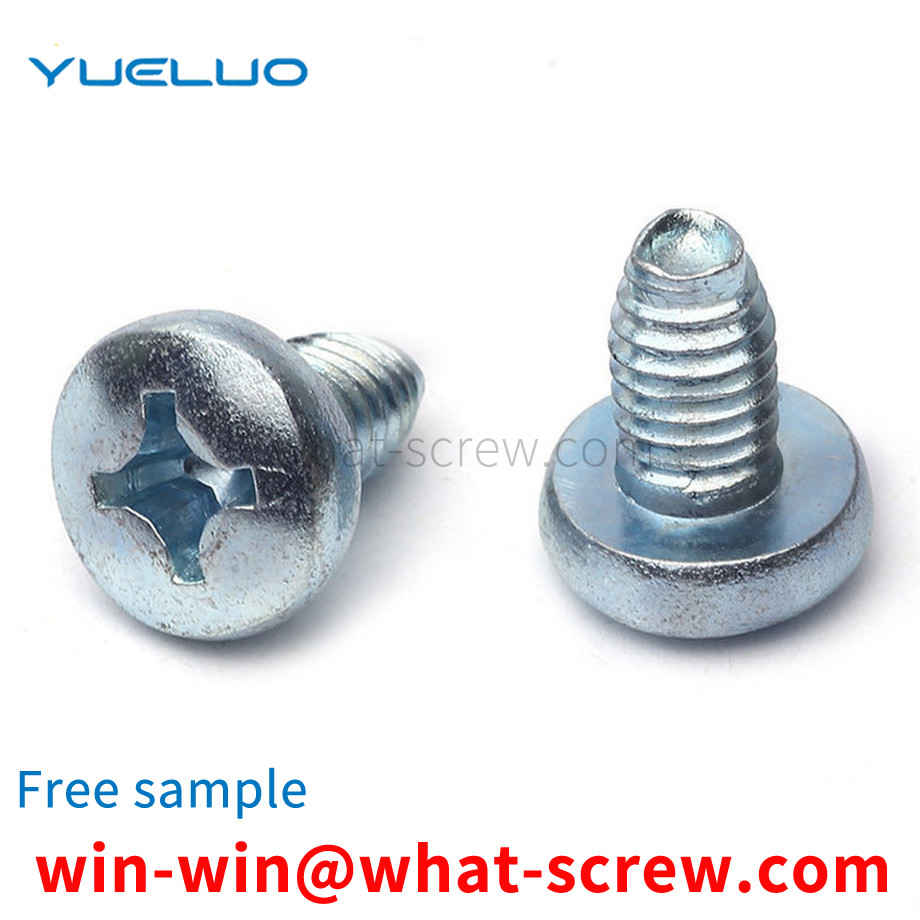
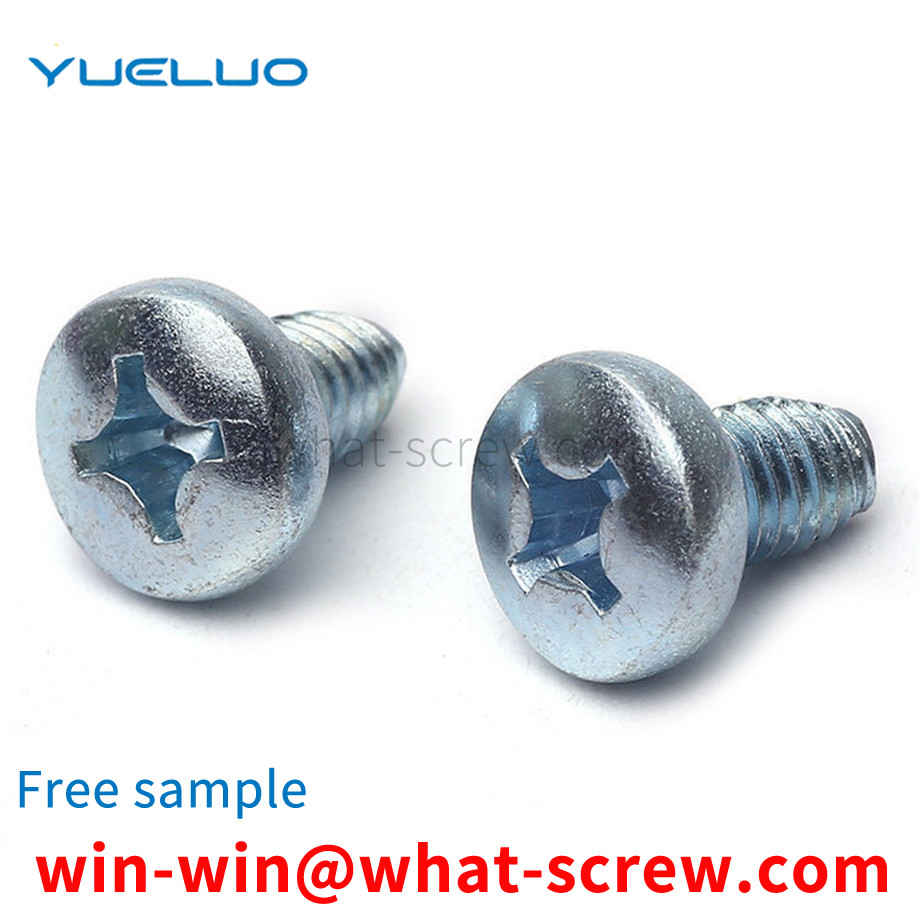
Anti-corrosion technology Stainless steel screws are made of metal, and there are four main methods for metal anti-corrosion, namely the properties of the material itself, the environment of use, the interface between materials and the environment, and the improvement of the metal structure design. If a complete anti-corrosion alloy is used to make stainless steel Screws, unless there is a special need, are not cost-effective in terms of economics, and it is also impractical to completely isolate the appearance of the screw from environmental elements that can cause corrosion. Improving the metal structure design can improve the influence of special circumstances under certain conditions, but the design of most stainless steel screws cannot be fully corrected, and its maintenance effect is not permanent, so this method cannot basically solve the problem, as long as it is on the surface. Top anti-corrosion, that is, surface anti-corrosion treatment is the most widely used method. The anti-corrosion treatment on the surface of stainless steel screws refers to the use of various methods to apply a protective layer on the metal surface. The purpose of avoiding or mitigating corrosion. The protection layer should be able to meet the following requirements: 1. Corrosion resistance, wear resistance, high hardness, 2. The structure is tight, intact, and the pores are small. 3. It has strong separation and good adhesion with the base metal. 4. It is evenly distributed and has a certain thickness. The maintenance layer is usually divided into two types: metal coating and non-metallic coating. Metal coating refers to the use of metal or alloy with strong corrosion resistance to form a maintenance layer on the surface of metal that is easy to corrode. This coating is also called plating. There are quite a few methods and varieties to produce metal coatings, the most common of which is electroplating, followed by molten metal immersion plating (hot dipping) and chemical surface treatment. Non-metallic coating refers to the use of organic polymer materials such as paint and inorganic materials such as ceramics to form a protective layer on the surface of metal equipment or parts. The protective layer can completely isolate the base metal from the environmental medium and prevent the base metal from corrosion due to contact. Corrosion is formed in the medium of stainless steel standard parts.
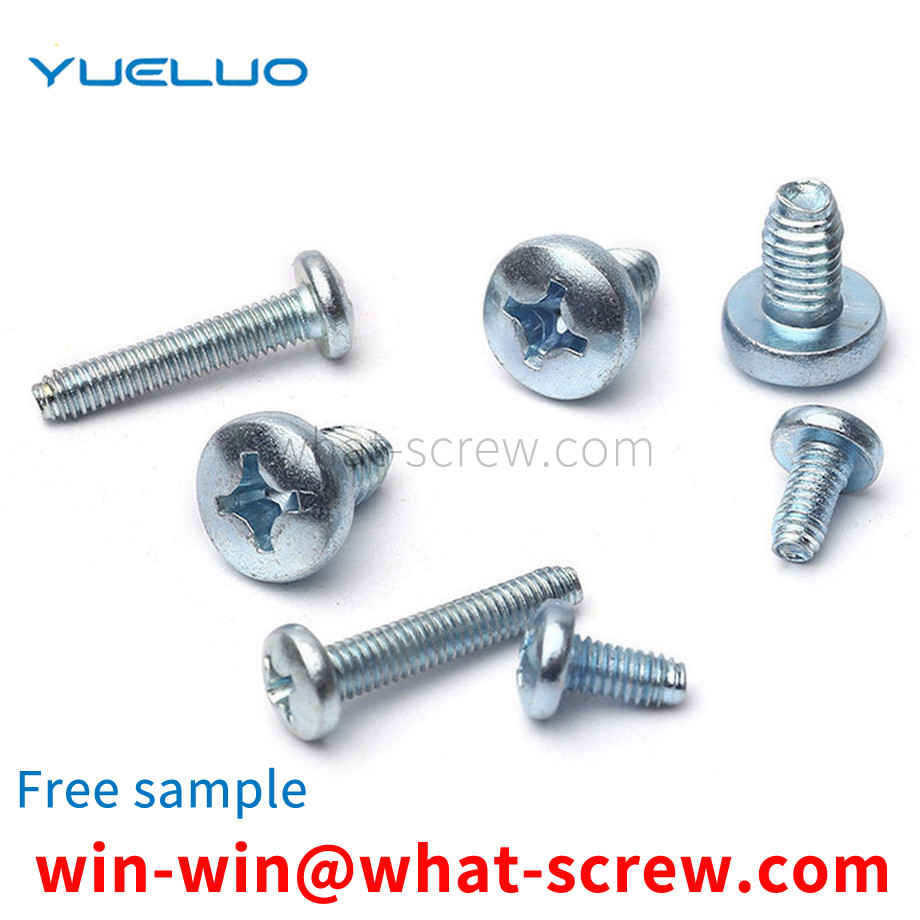
Cylindrical pins are generally used to connect, lock parts or for assembly positioning, and can also be used as parts of safety devices. The cylindrical pin is fixed in the pin hole by interference fit with the pin hole to fix parts, transmit power, or act as a positioning member. The prior art cylindrical pin press-fitting is shown in Figure 1. This kind of cylindrical pin prevents the cylindrical pin body from withdrawing through the locking force and axial friction force brought by the interference fit between the cylindrical pin body and the pin hole. However, the interference of the cylindrical pin body will gradually decrease during use, so that the firmness of the connection and the positioning accuracy will gradually decrease. Therefore, the cylindrical pin can be easily withdrawn during use, resulting in potential safety hazards.
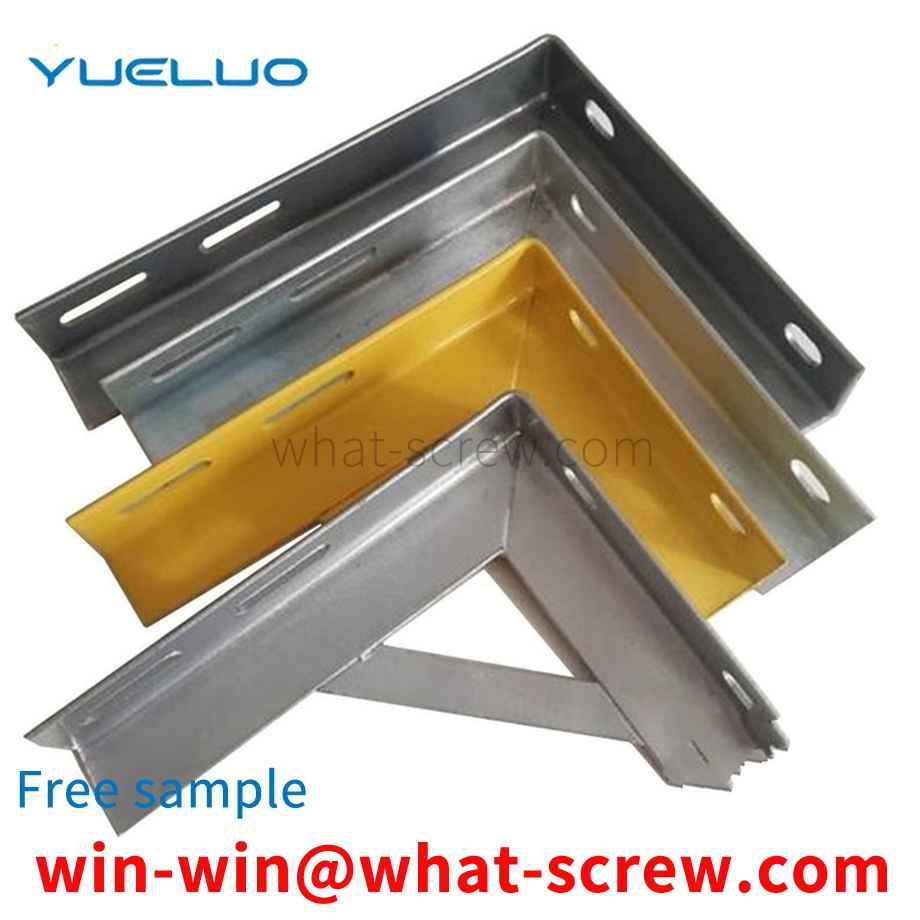
The above content is uploaded by Yueluo or the Internet. If there is any copyright issue, please contact [email protected].

What is the tolerance range of precision screws?

How to choose the right stainless steel screw manufacturer?

Why is there an R angle under the head of the hexagon head s...

We have more than ten years of production experience in the ...

We have more than ten years of experience in the production ...

We have more than ten years of experience in the production ...

We have more than ten years of experience in screw industry ...